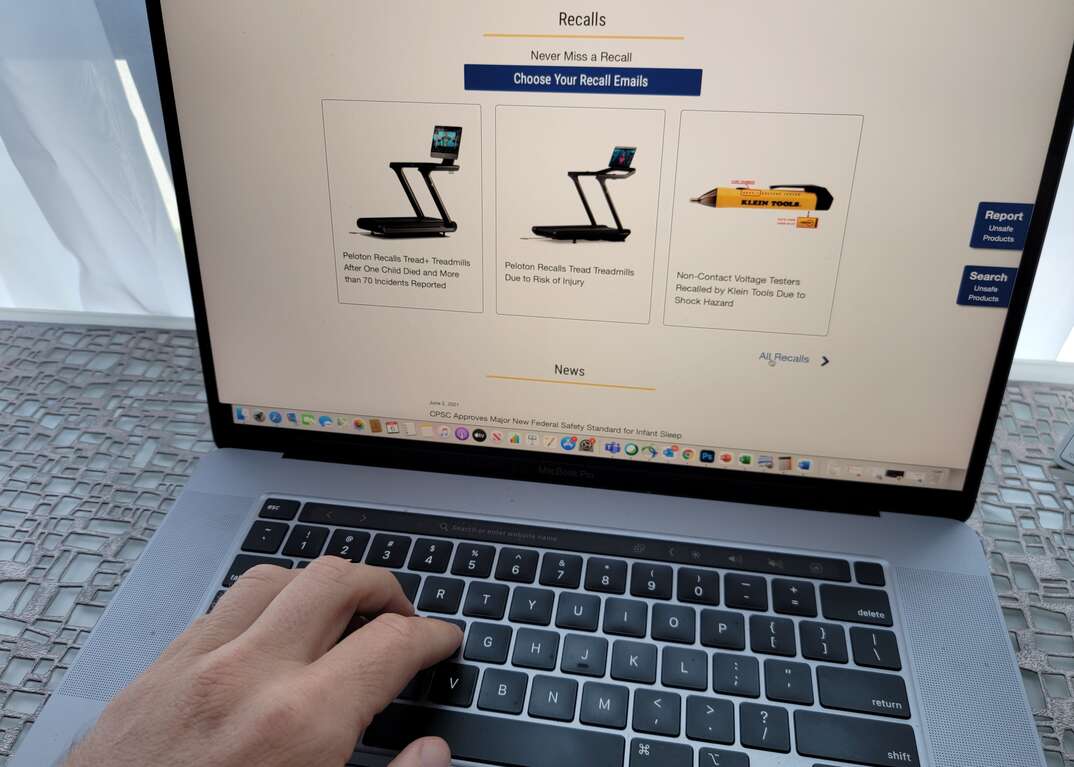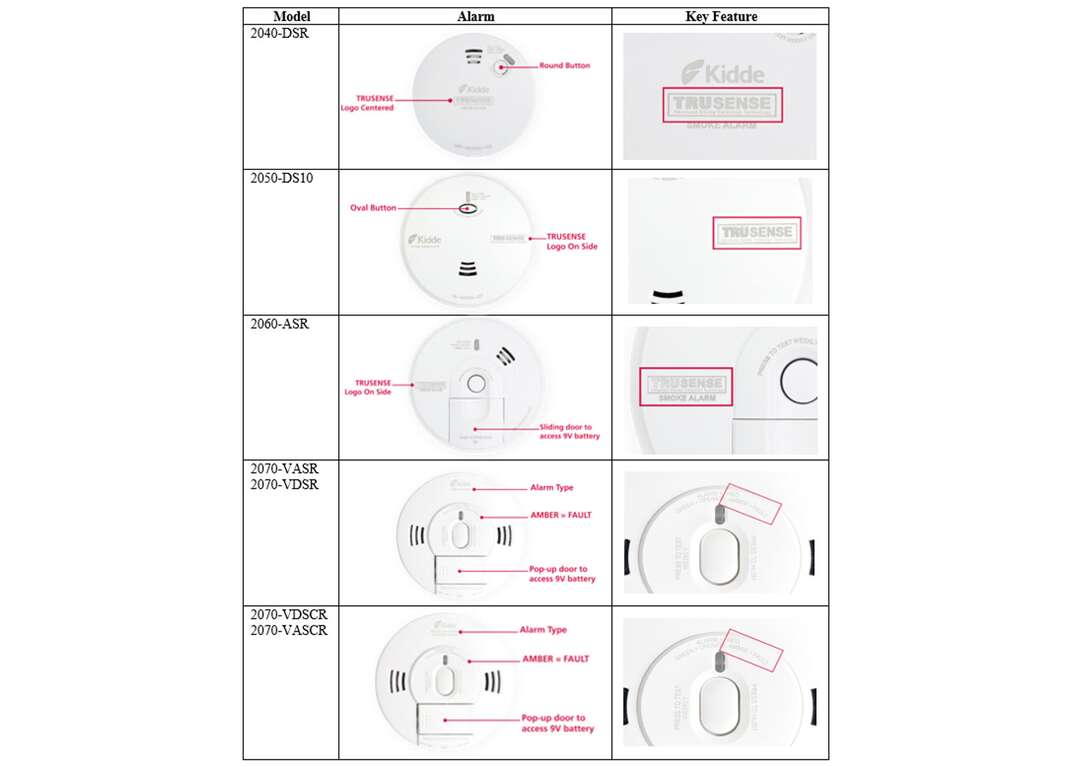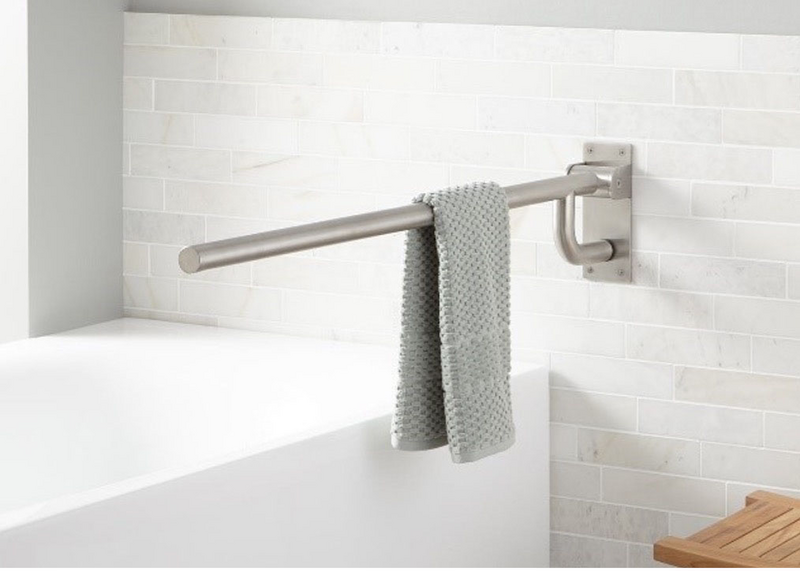What is a Home Energy Audit
.jpg)
No matter where you live, energy efficiency is a hot topic. People want to see if they can save money and have a positive impact on the environment by making their homes more energy efficient and eliminating needless and costly losses.
One of the best places to start is with a home energy audit. It’s the first step in assessing how much energy your home uses and helps find solutions that will make your home more energy efficient.
A professional auditor has the equipment and know-how to test your home’s energy efficiency. Some audits will measure the extent of any issues in your home by using a pressure test and infrared cameras, which can uncover air leaks and missing insulation that are difficult to detect on your own.
Many utility companies offer free or discounted audits to their customers, so check with your utility company first before you book anything. If they do not offer a home energy audit, you can hire a certified professional, which may cost a bit more but can still save you a lot of money in the long run.
Once you’ve scheduled your audit, make sure you prepare well for their visit. Compile a list of any problems you’re aware of, such as mold, condensation or uncomfortable, drafty rooms. Have your energy bills for the last 12 months handy—if you’ve shredded these already, simply contact your utilities provider(s) and they’ll furnish you with new copies. The auditor can then use your list of problems and your bills to piece together a picture of potential trouble spots in your home.
The auditor will then examine the outside of the house to determine its dimensions and the number and size of windows, doors, chimneys, and any other features where air can get in or out. They will then look at your day-to-day behaviors, asking if anyone is at home during the day, how many people live in the house, if every room is used, and what the thermostat’s settings are for summer and winter.
To prepare for a pressure test, you need to close all your windows and exterior doors. If you have a fireplace, you need to make sure the flue vent is closed. A flexible, airtight door will then be fitted over an exterior door frame. The blower door contains a fan that removes the indoor air, allowing the auditor to see where the air is coming entering the home while all the normal openings are sealed off. This lowers the pressure in the home, after which the inspector will evaluate what’s known as the “building envelope.” The auditor will often use a smoke stick here to detect areas where air leaks are a problem.
Another common feature of a home energy audit is the use of a thermography scan, which uses infrared technology. A scanner will reveal whether a particular spot on an exterior wall is relatively cooler than the rest of the wall. If it does, it means that area is likely to be inadequately insulated. Homeowners are advised to help the auditor get an accurate thermographic reading by moving furniture away from walls and taking curtains down so that temperature variations can be attributed to insulation factors and are not influenced by other things.
After the audit is complete, you’ll receive a write-up of the areas in your home that need attention. An energy audit is a relatively quick and simple procedure that can save money every year.
HomeServe does more than provide great advice to homeowners – we provide great repair plans, tool! Visit our website to learn about the affordable home repair plans available in your area.


